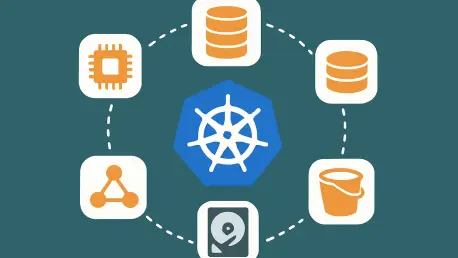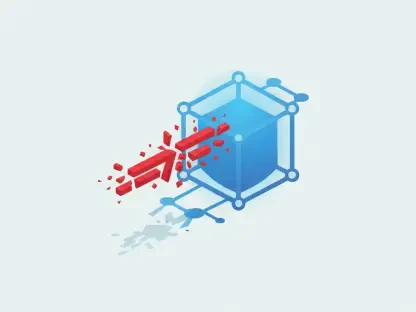Welcome to an exciting conversation with Chloe Maraina, a Business Intelligence expert with a deep passion for big data and a visionary perspective on the future of data management. With her extensive background in data science, Chloe brings unique insights into the integration of storage solutions with cutting-edge technologies like Kubernetes. Today, we’re diving into the recent release of open source COSI and CSI drivers for Kubernetes, exploring how these tools are transforming cloud-native storage. Our discussion touches on the significance of these drivers for developers, the power of automation in simplifying storage tasks, the benefits of a standards-based approach, and the potential impact on various user groups within the Kubernetes ecosystem.
How would you describe the new COSI and CSI drivers for Kubernetes, and why should developers care about them?
I’m thrilled to break this down. The COSI driver, or Container Object Storage Interface, is a game-changer for managing object storage in Kubernetes. It allows cloud-native apps to request and use S3-compatible storage buckets seamlessly through familiar Kubernetes APIs. On the other hand, the CSI driver, or Container Storage Interface, focuses on file storage, enabling developers to provision and manage volumes directly within their workflows. For developers, these drivers are a big deal because they bring storage into the Kubernetes world as a native resource, cutting out a lot of complexity and making it easier to build scalable, modern applications in cloud-native environments.
What challenges do these drivers solve compared to traditional ways of handling storage in Kubernetes?
Before these drivers, managing storage in Kubernetes often meant a lot of manual effort or piecing together custom scripts. Developers had to configure buckets or volumes outside the Kubernetes environment and then somehow integrate them, which was time-consuming and error-prone. With COSI and CSI drivers, that grunt work is gone. Developers can define their storage needs right in their Kubernetes manifests, and the drivers take care of the rest—whether it’s creating a bucket or setting up file storage. This not only saves time but also speeds up the development cycle by letting teams focus on building apps rather than wrestling with storage setups.
Can you elaborate on how these drivers integrate object and file storage specifically with Kubernetes ecosystems?
Absolutely. These drivers are designed to work tightly with Kubernetes orchestration, making storage feel like a natural extension of the platform. For instance, the COSI driver automates the provisioning of S3-compatible buckets and handles access credentials behind the scenes. Similarly, the CSI driver lets Kubernetes manage file storage volumes at scale, integrating directly with workflows. What’s really cool is that they’re built to support specific storage solutions like RING and ARTESCA, ensuring massive scalability while sticking to standard S3 and IAM APIs. This standards-based approach means developers don’t have to learn proprietary systems—they can use tools they already know, which lowers the learning curve and boosts adoption.
How does automation play a role in these drivers, and what does that mean for users in terms of efficiency?
Automation is at the heart of what makes these drivers so powerful. When a developer requests storage through a Kubernetes manifest, the COSI driver, for example, automatically creates an S3 bucket, sets up user credentials, and secures them within Kubernetes—all in seconds. The CSI driver does something similar for file storage, provisioning volumes without any manual input. Behind the scenes, tasks like access configuration and identity management are handled seamlessly. This not only makes things faster but also improves security by reducing human error. For users, it’s a huge win because they can focus on their applications rather than getting bogged down in storage logistics.
Who do you think will benefit most from these open source drivers, and what kind of impact might they have on the Kubernetes community?
I see a wide range of users benefiting from these tools. Large organizations and cloud service providers will love the scalability and automation, especially for managing complex, high-volume workloads. But smaller development teams can also take advantage of them to simplify storage without needing deep expertise. These drivers address real pain points like manual configuration and inconsistent storage setups, making workflows smoother across the board. Since they’re open source, I expect they’ll foster a lot of collaboration in the Kubernetes community—developers can contribute, tweak, and share improvements, which could drive even wider adoption and innovation.
What’s your forecast for the future of cloud-native storage solutions like these drivers in the Kubernetes space?
I’m really optimistic about where this is heading. As more organizations move to cloud-native architectures, the demand for seamless, automated storage solutions will only grow. I think we’ll see these drivers evolve with even tighter integration into Kubernetes, possibly supporting more storage types or advanced features like AI-driven optimization. The open source nature will likely spark a wave of community-driven enhancements, making them more robust over time. My forecast is that tools like these will become the backbone of cloud-native storage, setting a new standard for how developers interact with data in containerized environments.









